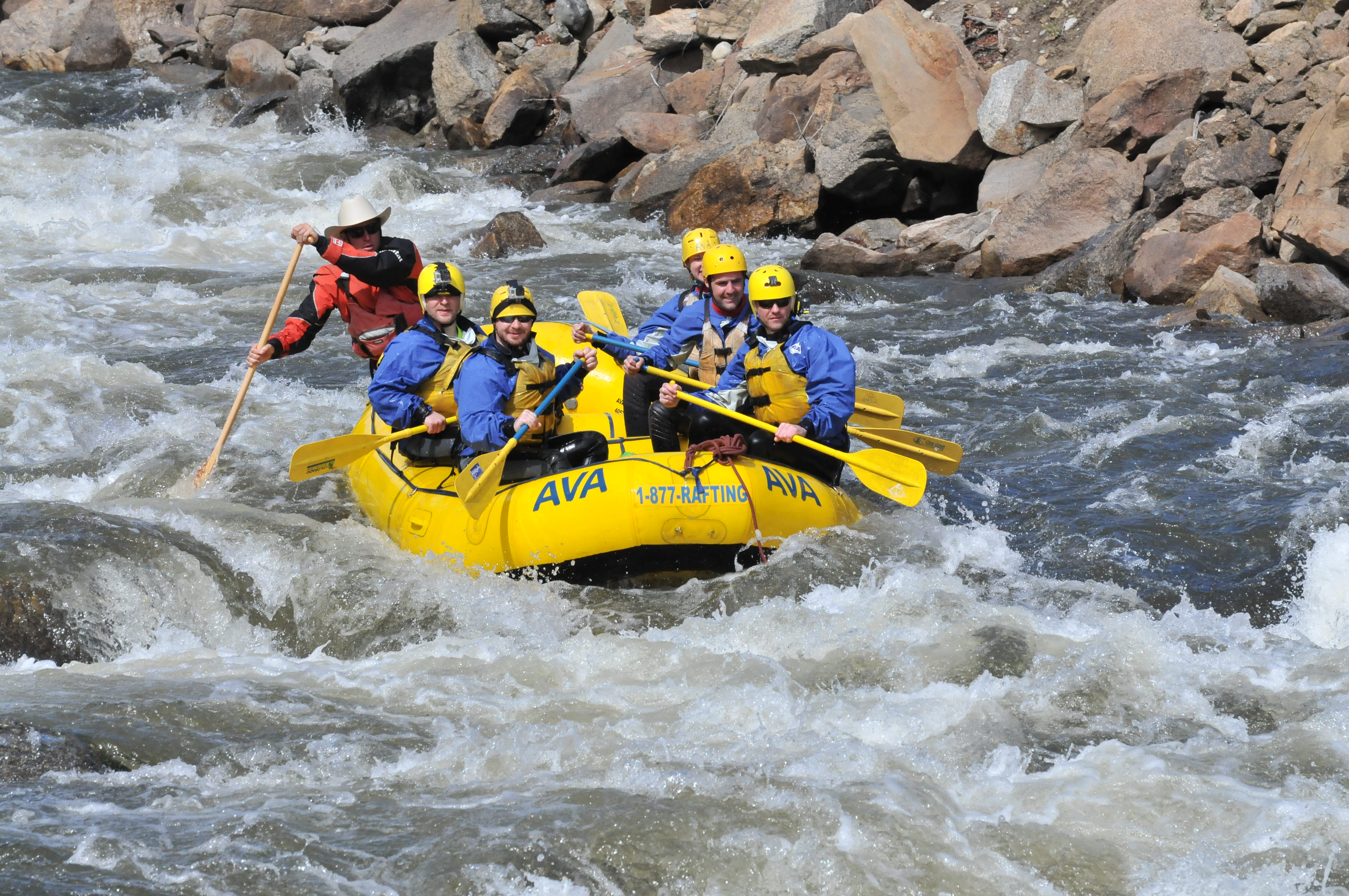are class 3 and 4 rapids dangerous
They may require complex maneuvers to avoid obstacles and large waves capable of capsizing your raft. A kayakers life is at risk and it requires caution to make sure that everything goes smoothly.
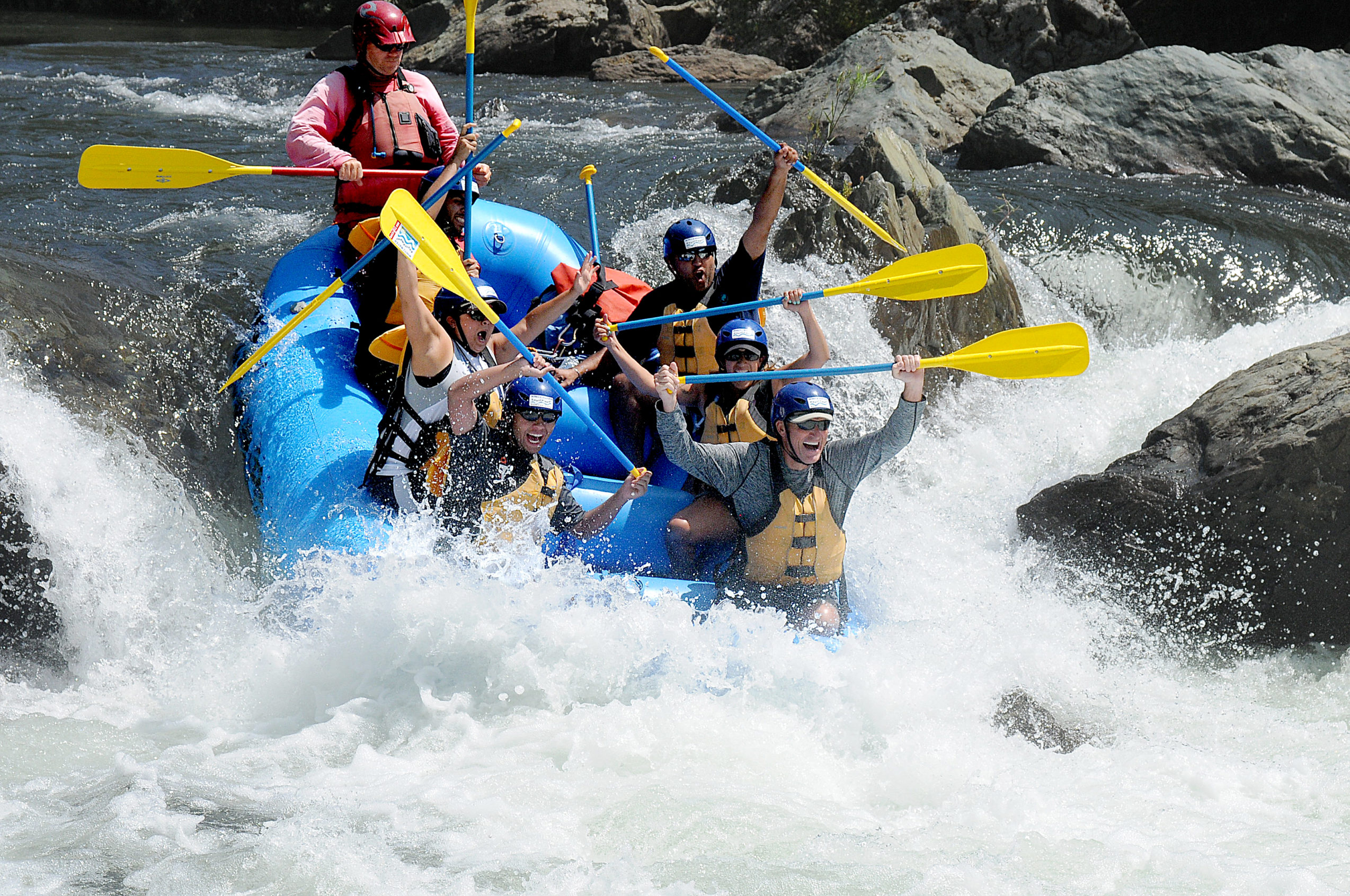
What To Expect When Class 4 White Water Rafting
Class IV would be unsafe for the group as a whole if it occurs in the first couple of days of the trip.

. Injuries while swimming are rare. Yes rapids can be dangerous and whitewater kayaking is never something that should be taken lightly. The rapids are the most dangerous areas in a river because they are where things can get out of control quickly.
Self-rescue is usually easy but group assistance may be required to avoid long swims. So yes Class 4 rapids are indeed difficult and they will take a considerable amount of strength and stamina. 1 week ago Class 3 Whitewater Rafting.
For strong paddlers only Class IV or Class 4 Rapid is for intermediate and experienced rafters looking for a thrill. The most common is the International Scale of River Difficulty with its Class I-VI ratings. Recommended to scout or to have an experienced guide.
Theres a significant risk of injury due to submerged objects and fast and unpredictable currents and escaping the rapids can be difficult even with outside assistance. Paddlers should have prior Class IV or better whitewater experience with experienced guides who know the river. For example a single large wave may actually be rated class III white water rafting while a long string of sustained medium-sized waves can be rated at class IV.
Extremely difficult long and very violent rapids with highly congested routes which should be scouted from shore. If a picture is worth a 1000 words then a video is worth 10000 words so I wont write too many here. Large waves or strainers may be present but are easily avoided.
The upper limit of what is possible in a commercial raft. May require significant maneuvering. Rapids with moderate irregular waves which may be difficult to avoid and which can swamp an open canoe.
Class 3 Significant maneuvering around rocks drops of up to 5 feet not considered dangerous. Class of Rapids for Rafting Rafting Spot. You will get bounced and rocked and soaked but if you follow the directions of your guide and remember your safety protocols you will have a wonderful time.
Swimming in Class V rapids is dangerous. If you have 1 or 2 experienced people in the paddle raft and you keep one at the back to set the pace and call commands you should be fine in class III with a good riverside training the morning you leave. Rapids are long and unpredictable with large waves and narrow passages.
The 1-10 system roughly equates to Classes I-V on the International Scale with 1-2 somewhat equivalent to Class I 3-4. Long and powerful rapids and standing waves. Tyler Soule March 25 2022 Comment.
Class 5 Large waves large rocks and other hazards and. Although drops are usually more difficult to maneuver than waves multiple medium-drops also called a staircase could. Boats will shimmy and jolt with the increased punch of these larger waves but generally the jolt is brief with calmer and wider.
Currents hydraulics will feel stronger possibly channeling between brief narrow passages such as boulders or a cliff wall. Whitewater medium waves maybe a 35 ft drop but not much considerable danger. Rapids can range from Class 4 to 5 and some runs are considered expert class meaning you should have ample experience before going face to face with rapids like Freight Train and Last Chance.
Drive time aside what you need to know about the Cal Salmon River is that it is incredibly challenging and even dangerous. Open canoes without flotation bags will have difficulty. 3 Big Drops 2 and 3 Colorado River through Cataract Canyon Utah Cataract Canyon s Big Drops 2 and 3 ok technically two rapids might be a surprising pick considering most of the season theyre a fun Class III ride but those whove experienced these infamous back to back drops at high water know their unforgettable nature.
Can be very dangerous. Only the most. Class III - Moderately difficult.
Advanced Intense powerful but predictable rapids requiring precise boat handling in turbulent water. These rapids are best left to canoeists with expert skills. Class III 3 Rapids.
The answer to this question is in the video below. Numerous high and irregular waves. CLASS III RAPIDS LEVEL 3.
Both the height and frequency of waves play a crucial role in determining a rapids class. Visual inspection required if rapids are unknown. Experienced paddling skills Class 4.
Rapids that are at the lower or upper end of this difficulty range are designated Class III- or Class III respectively. This is the highest classification for commercial rafting trips requiring strong paddlers who are experienced and looking for the ultimate. CLASS IV RAPIDS LEVEL 4.
Extremely Difficult Exceedingly difficult long and violent rapids following each other almost without interruption. Class IV - Difficult. Rescue conditions are difficult and there is a significant hazard to life in the event of a mishap.
Class 4 Sharp and quick maneuvering with large rocks drops and long rapids. Try river rafting on the Middle Fork American river this summer it has many class 4 rapids mixed in with class 3 all in one of the most beautiful canyon settings in California. That said the classification of rapids exists for a reason to reflect the different intensity levels and categorize whitewater rapids according to their technical difficulty and the potential dangers associated with them.
Rocks and eddies with passages clear but narrow and requiring experience to run. Complex maneuvers in fast current and good boat control in tight passages or around ledges are often required. Whitewater large waves long rapids rocks maybe a considerable drop sharp maneuvers may be needed.
High adventure of class V rafting can be found on the Wind. Class III rapids feature waves up to 4 or 5 feet tall that will crash over the bow. Rivers most commonly on the Grand Canyon stretch of the Colorado River.
People also ask what is Class 3 rafting. Class III or Intermediate rapids feature more pronounced waves than Class II. A Class I rapid for example wont pose nearly.
These rapids are moderate in size and difficulty but are known to a trained guide. The other is a Class 1-10 system used on some western US.
How Dangerous Is White Water Rafting River Valley Rafting
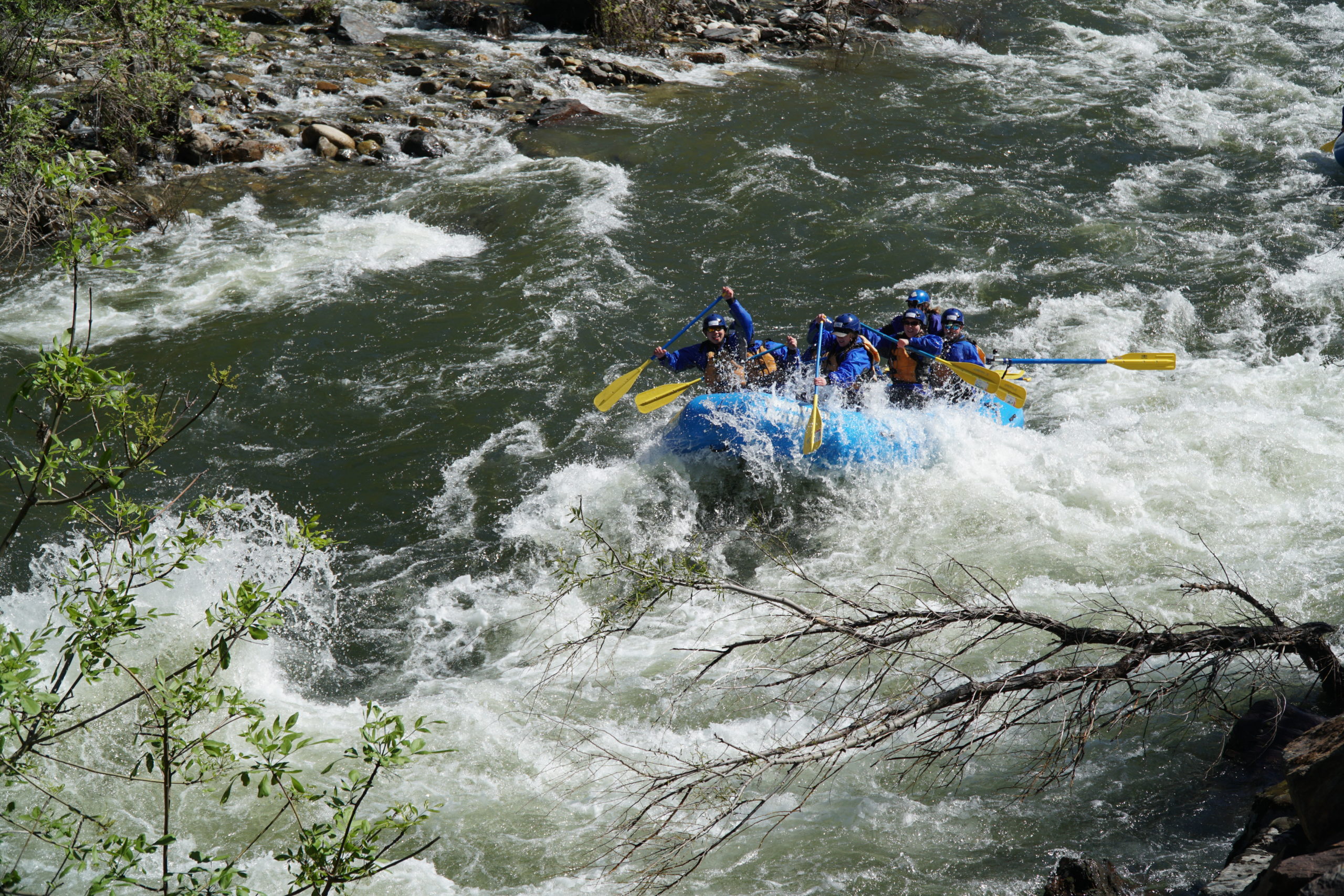
What To Expect When Class 4 White Water Rafting
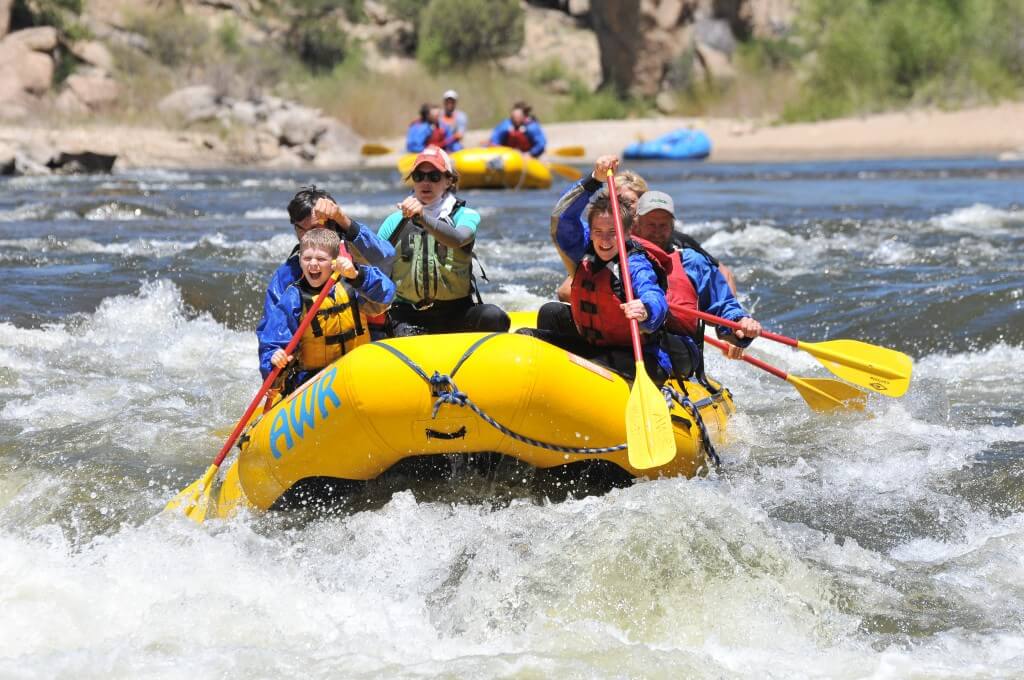
River Classifications Up To Class 4 Rapid Aspen Whitewater Rafting
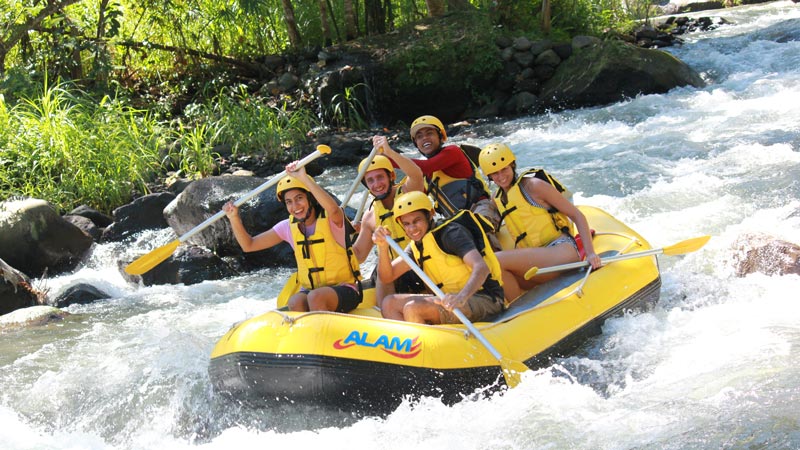
White Water Rafting Rapids Classes On Bali Rivers Rafting Adventure

Whitewater Rafting Classes Of Rapids Boring To Scary Paddle Camp

What S It Like To Run A Class 4 Rapid Whitewater Excitement

9 Most Dangerous Whitewater Rapids In The World Slideshow The Active Times
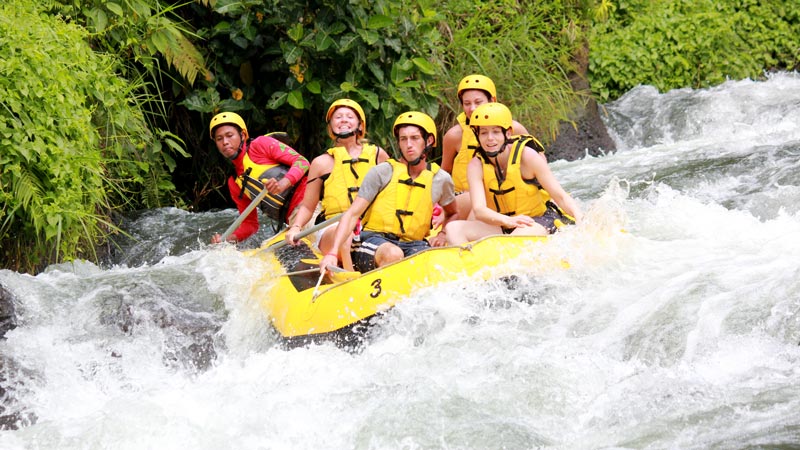
White Water Rafting Rapids Classes On Bali Rivers Rafting Adventure

Lochsa River Idaho Whitewater Rafting Trips Row Adventures

The Most Dangerous Rapids In The World Slideshow The Active Times

White Water Rafting Rapids Classes On Bali Rivers Rafting Adventure
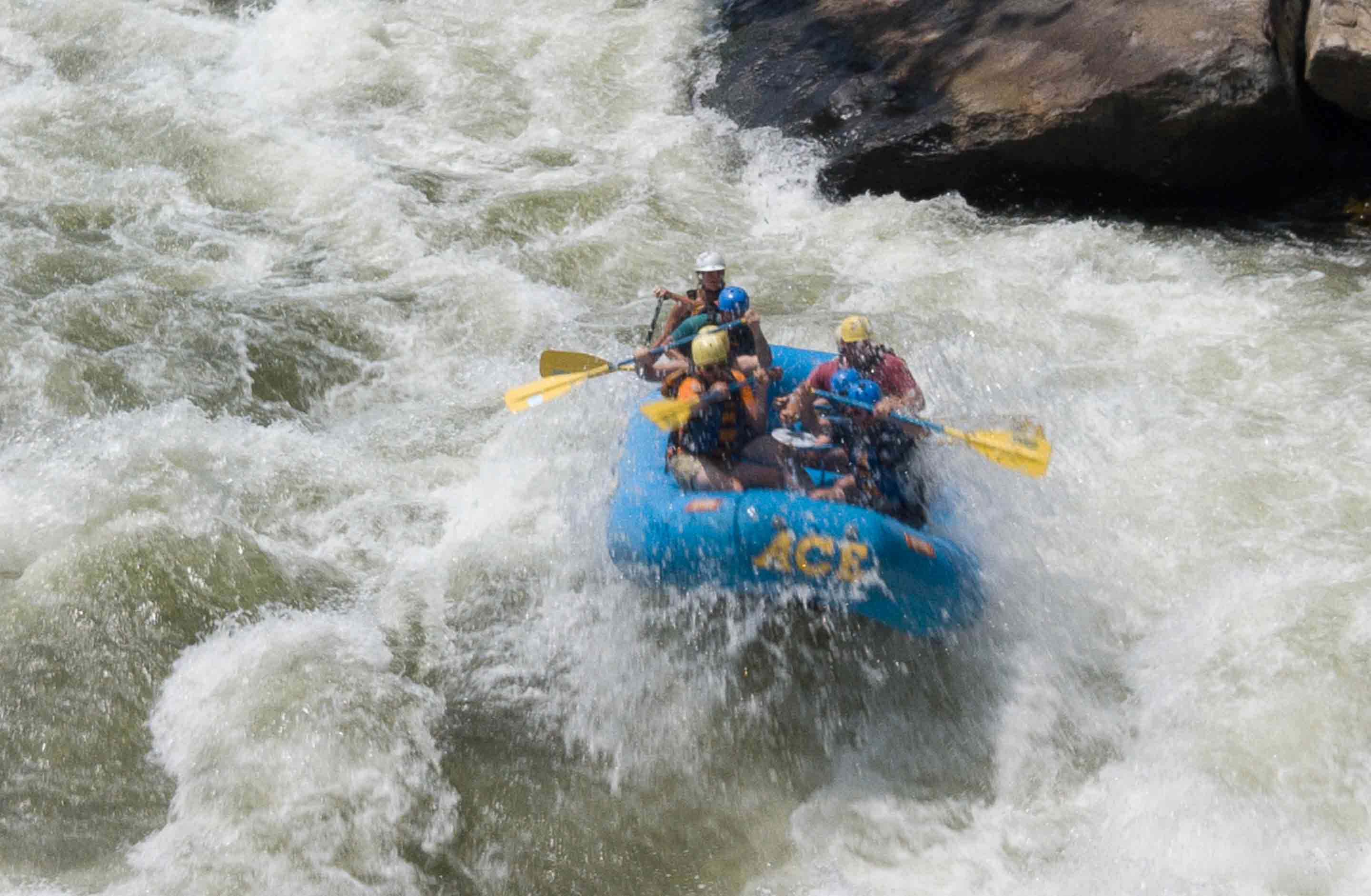
Best White Water Rafting On The East Coast Ace Adventure Resort

9 Most Dangerous Whitewater Rapids In The World Slideshow The Active Times
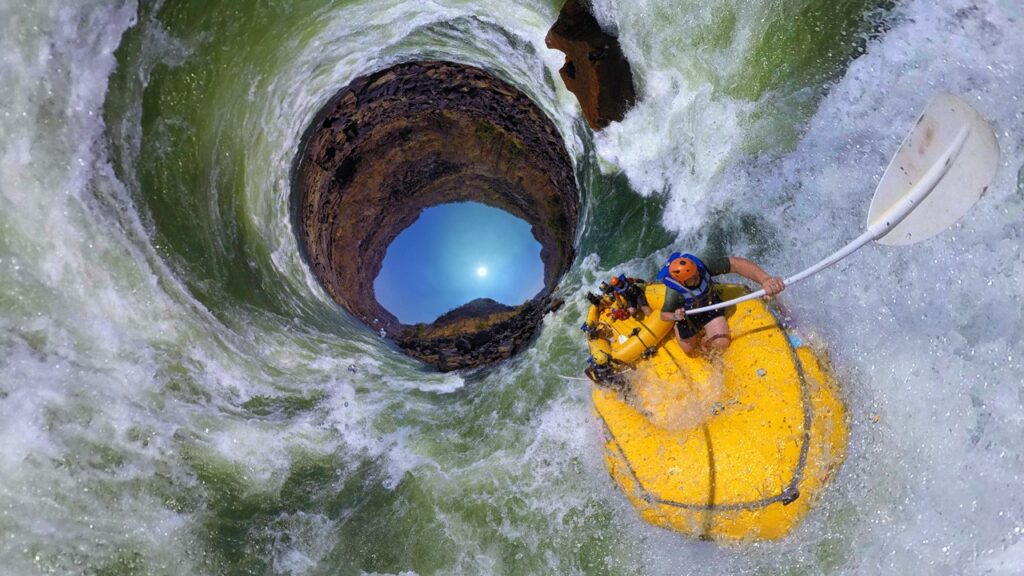
Top 10 Most Dangerous Whitewater Rafting Rapids Globally
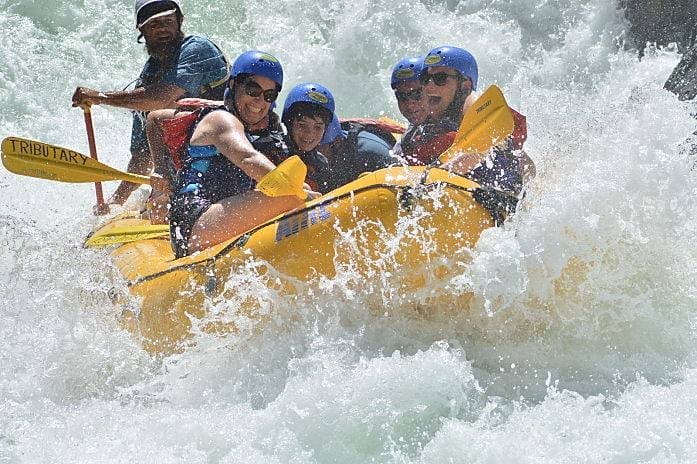
Choosing Your California Rafting Trip By Difficulty

Tripadvisor Upper Balsa River White Water Rafting Class 3 4 In Costa Rica Provided By Arenal Rafting La Fortuna De San Carlos

Discover Whitewater Rafting Class Level Of Bali River Rafting Bali Rafting
